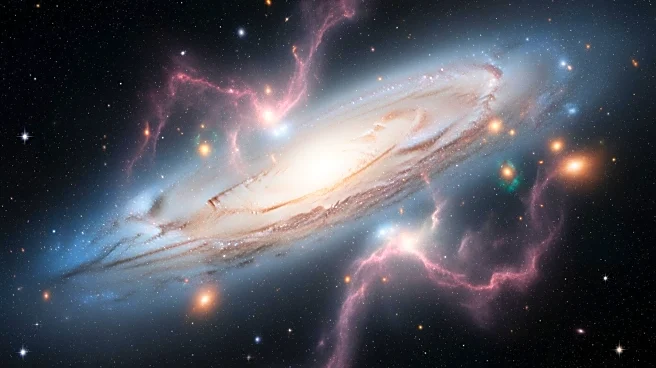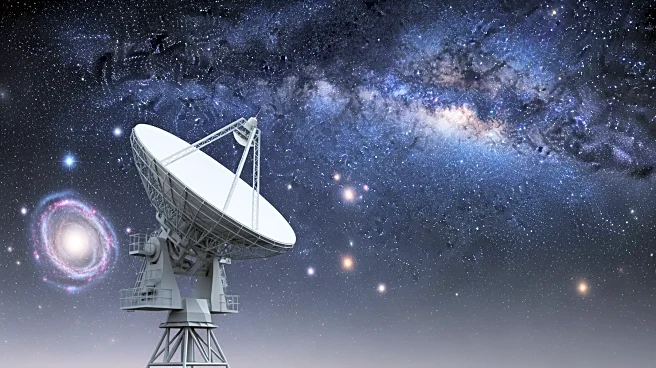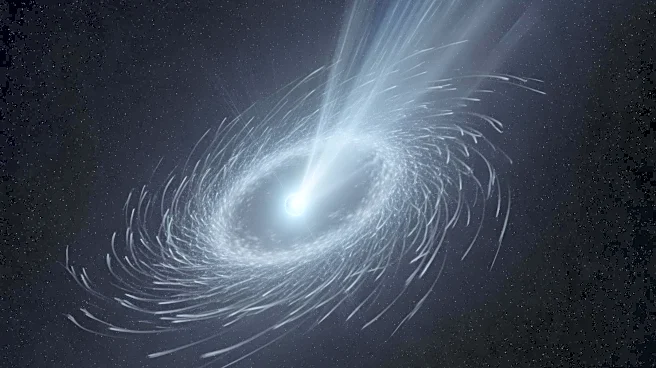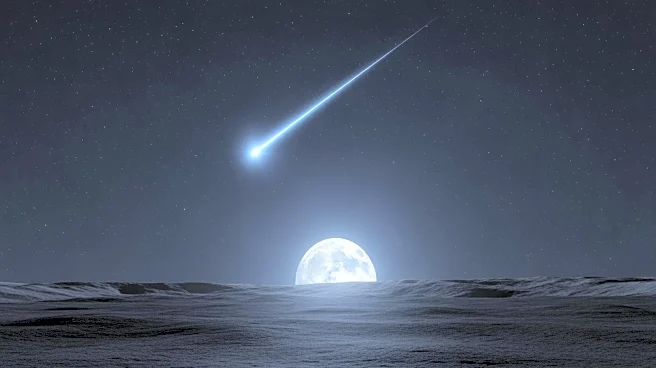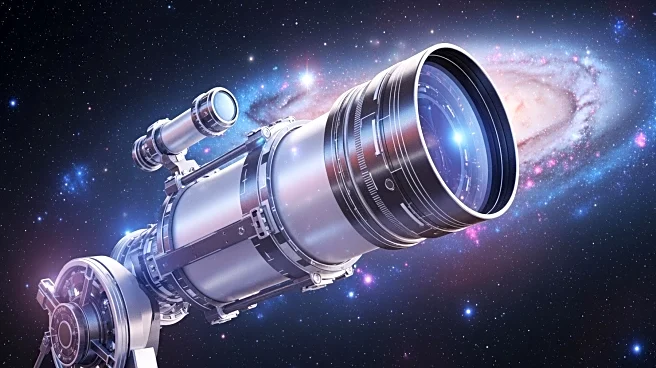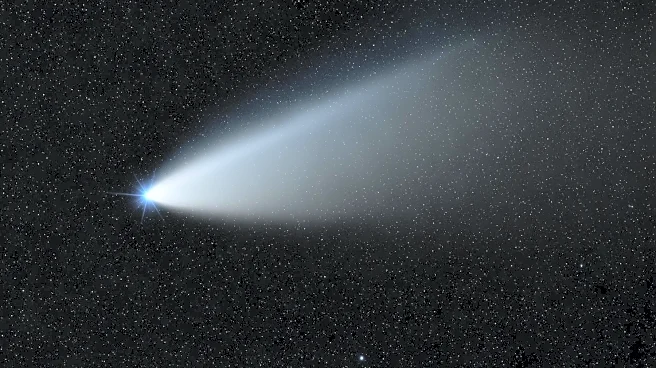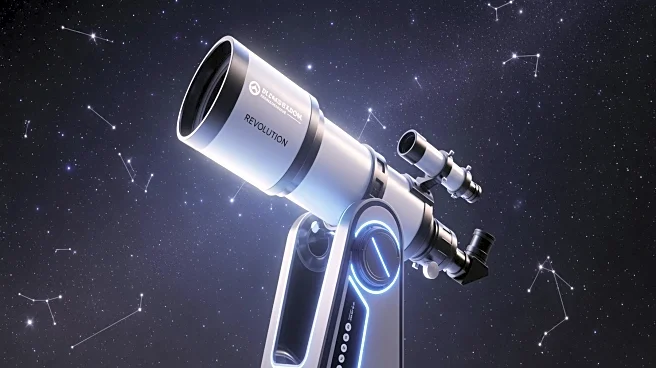What's Happening?
Astronomers have released a groundbreaking radio image of the Milky Way, constructed from data collected over 40,000 hours using the Murchison Widefield Array telescope. This image, created from the GaLactic
and Extragalactic All-sky MWA (GLEAM) and GLEAM eXtended (GLEAM-X) surveys, offers unprecedented insights into the birth and death of stars. The surveys, conducted between 2013 and 2020, have provided a view with twice the resolution and ten times the sensitivity compared to previous images. The radio image reveals remnants of exploded stars and regions of ionized gas where new stars are forming, marking a significant milestone in astronomical research.
Why It's Important?
This development is crucial for the field of astronomy as it enhances the understanding of stellar evolution and the lifecycle of stars. The ability to observe the Milky Way in radio wavelengths allows scientists to penetrate dust clouds that obscure visible light, providing a clearer picture of the galaxy's structure and dynamics. The findings could lead to advancements in the study of star formation and the interactions between celestial bodies. The image also sets a new benchmark for future astronomical surveys, with the SKA-Low telescope expected to surpass this level of sensitivity and resolution.
What's Next?
The completion of the SKA-Low telescope, anticipated in the next decade, will further enhance the capabilities of radio astronomy, allowing for even more detailed observations of the Milky Way and other galaxies. Researchers will continue to analyze the data from the GLEAM and GLEAM-X surveys to uncover more about the processes governing star formation and death. The ongoing development of radio astronomy technology promises to expand the boundaries of current knowledge and potentially lead to new discoveries in the field.
Beyond the Headlines
The ethical implications of such advancements in astronomy include the potential for increased collaboration between international research institutions, fostering a global scientific community. Additionally, the cultural impact of understanding our galaxy's structure may influence public interest in space exploration and science education, inspiring future generations to pursue careers in STEM fields.
